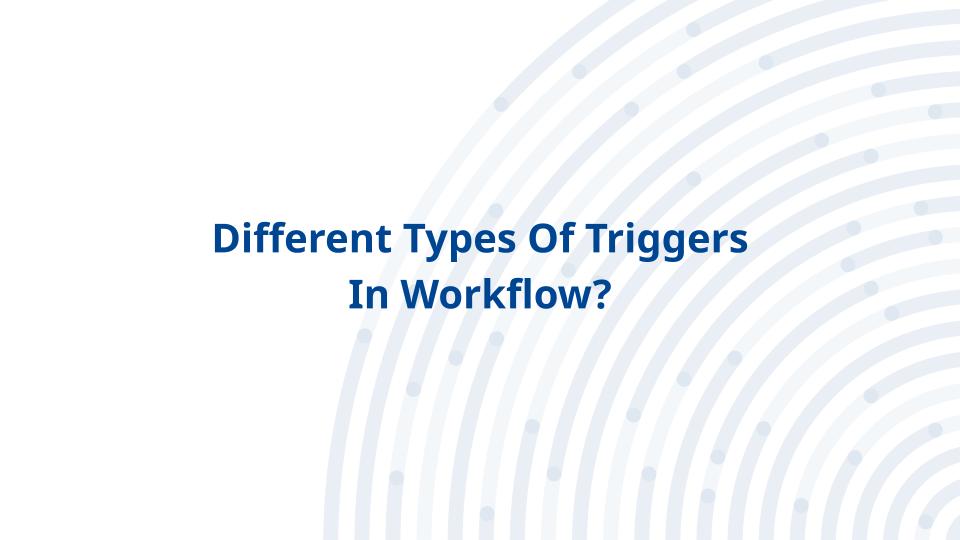1. Click on Go To Automation Builder

2. Click on Workflow

3. Click on Create Workflow

4. Type an appropriate Title.

5. Select Botflow as the Workflow.

6. Click on Create Workflow

7. Click on highlight.

8. Click on WhatsApp Chat Bot.

9. Select any Chat Bot Tiggers.

10. New message Received.
This Chat Bot will get triggered if the customers send any type of new messages.

11. Select a Channel.

12. Click on Save.

13. Message Match Keyword Condition
This Chat Bot will be triggered with some Match Keyword Condition.
For example: If the Match Keyword is Hello, the Bot will be triggered when a customer sends Hello Text message.

14. Select the Channel.

15. Select any Incoming message condition.

16. Type an appropriate word.
You can also add ADD Condition/ Add OR Condition.

17. Click on Save.

18. Hot Keywords
The Bot gets triggered when a customer sends any Hot incoming message which is set irrespective of the present bot which is interacting with the customer.

19. Select the Channel.

20. Select any Incoming Message Condition.

21. Type an appropriate value.
You can also add ADD Condition/ Add OR Condition.

22. Click on Save.

23. Inbound Webhook Trigger.
You can trigger a bot by an API call to our inbound webhook.
The data you send with the API call should have one field mandatory which is the receiver mobile number with country code.
If the user is not in 24 hours session remember to send a template message as the first block after the trigger as WhatsApp allows sending template messages only to new users or users not in 24 hours session.

24. Type an appropriate Hook Title.

25. Select the Channel Bot.

26. Type Sample Payload.
{
“uid”:”chat_uid”,
“number”:”number”
}

27. Select Chat UID.
{{payload.uid}}

28. Select Chat Identifier.
{{payload.number}}

29. Click on Save Configuration and then Click on Create Webhook.

30. Click on Click to WhatsApp Ads

31. Select the Channel

32. Enter Meta ID
Enter your Facebook ID or Instagram ID.

33. Click on Save

